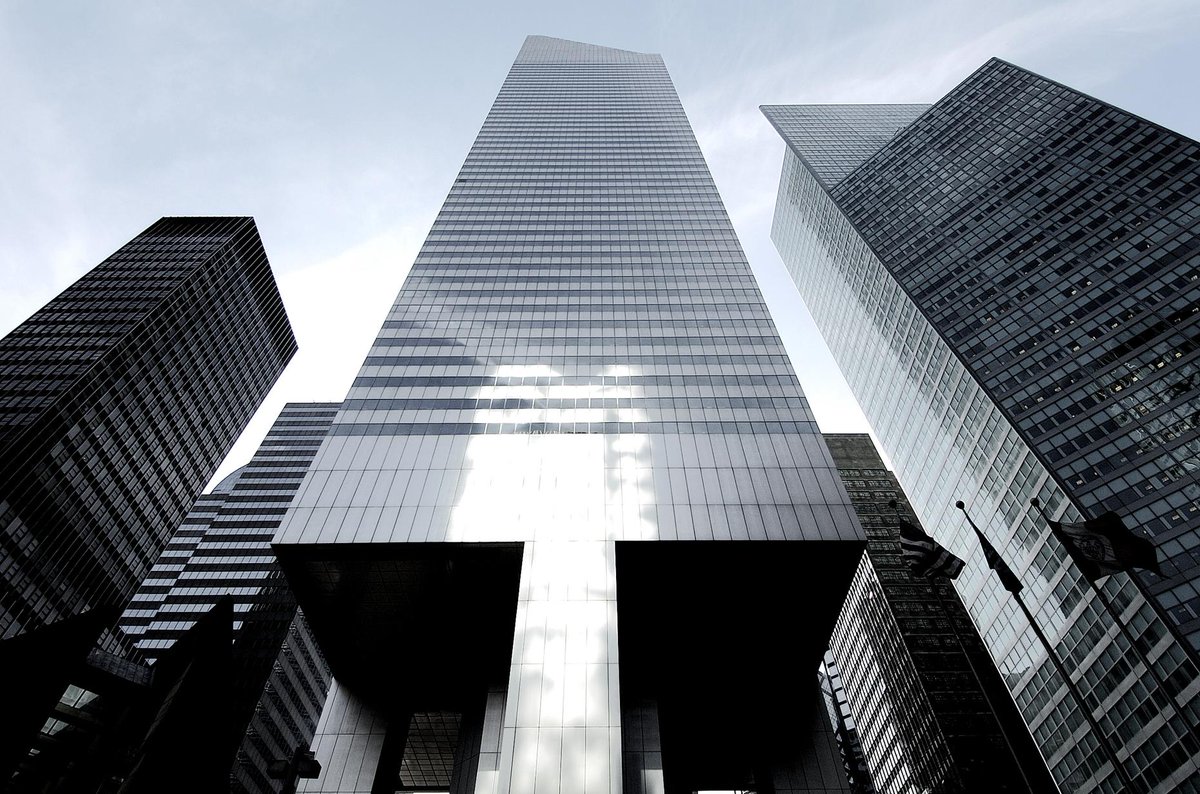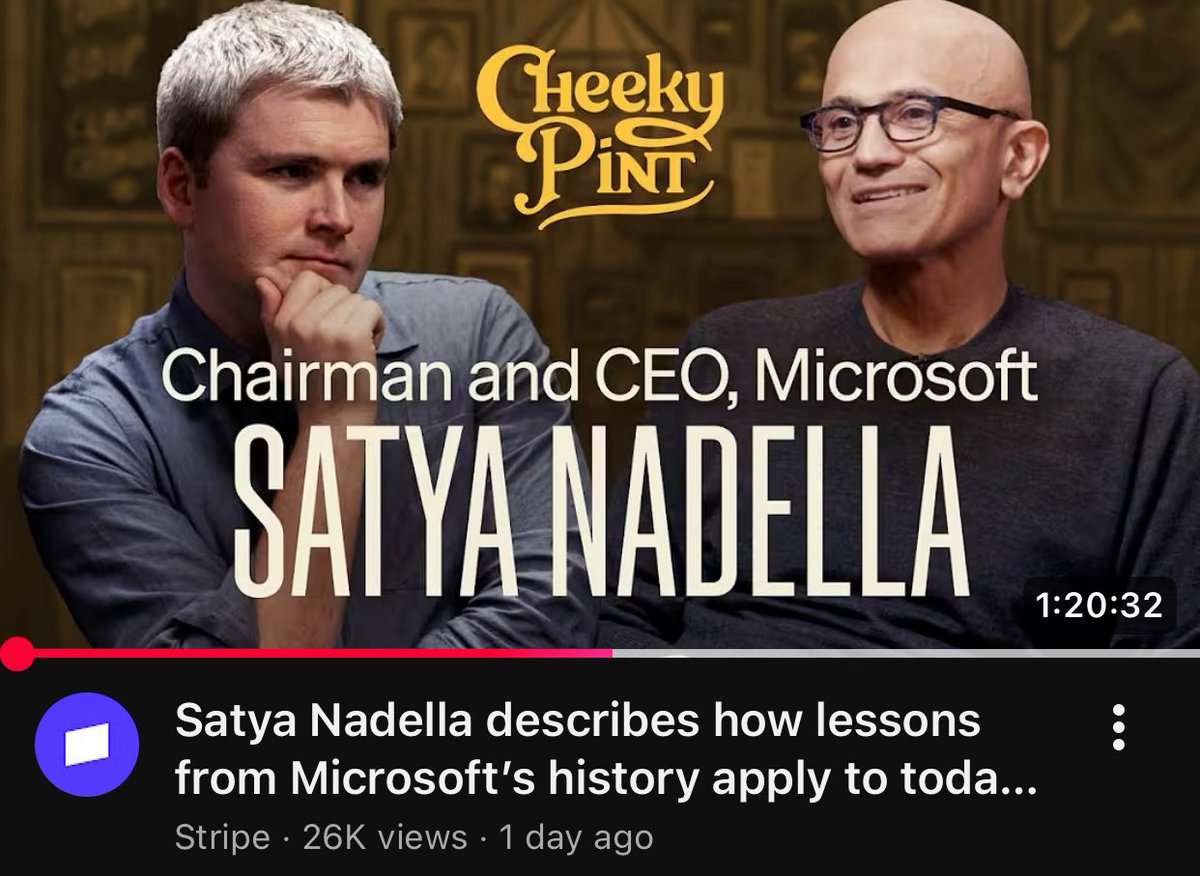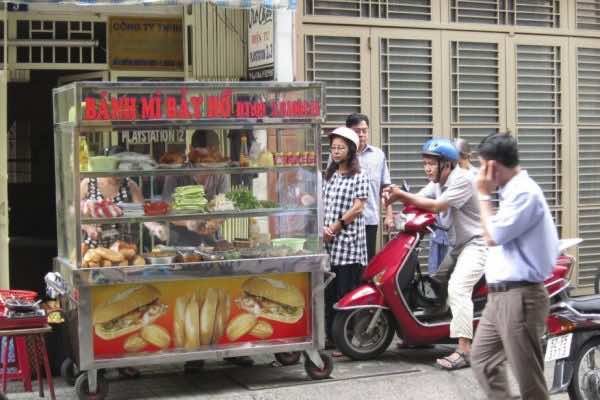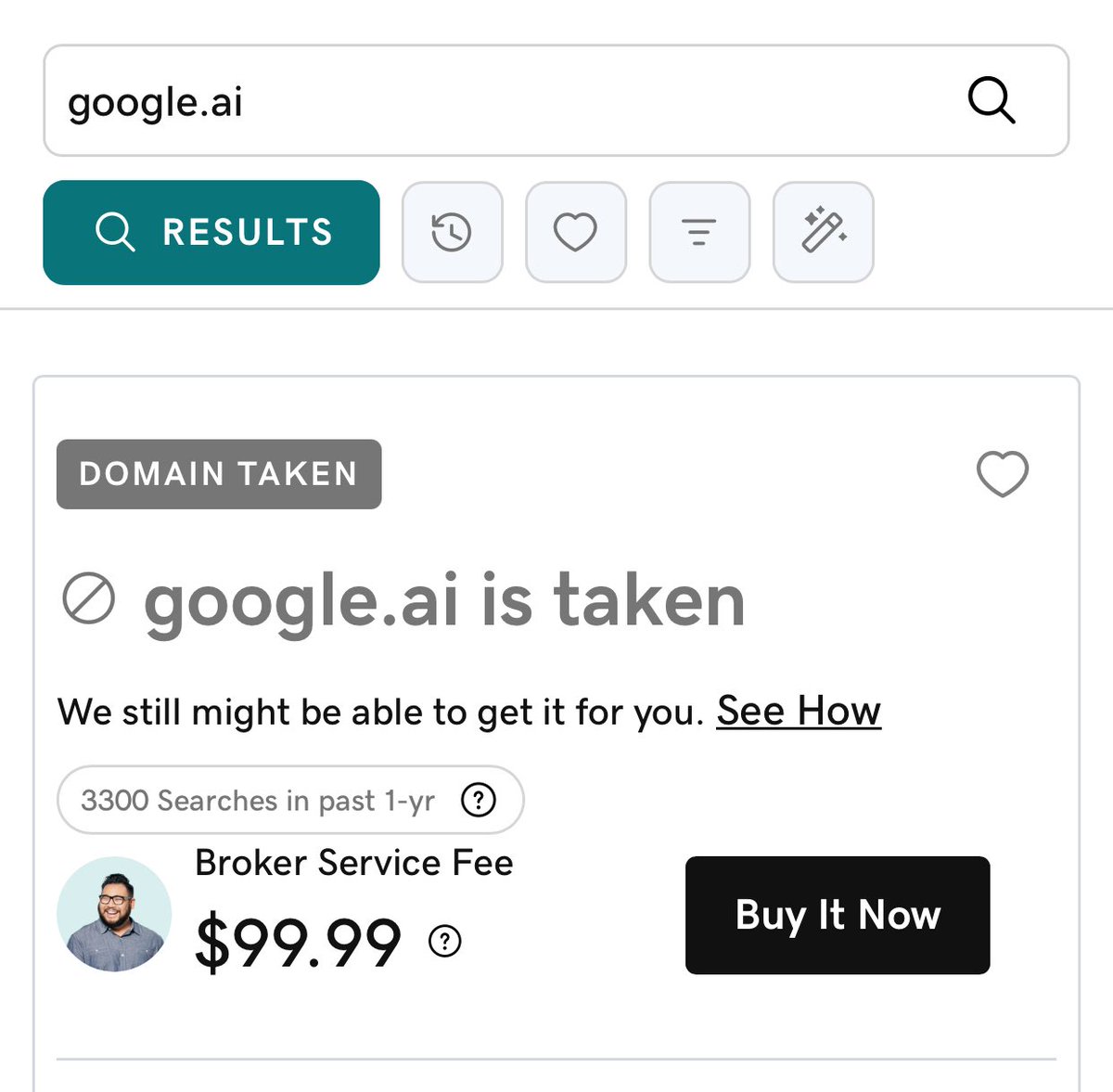Citicorp Center was built in 1977.
Located in NY, it was the world's 7th tallest building but had a big structural flaw: a very strong storm wind could knock it over.
The expert architects had no idea, until an anonymous Princeton undergrad cold called them.
Here’s the story🧵
Located in NY, it was the world's 7th tallest building but had a big structural flaw: a very strong storm wind could knock it over.
The expert architects had no idea, until an anonymous Princeton undergrad cold called them.
Here’s the story🧵

Today, the 59-story structure is called 601 Lexington Avenue.
The tower was originally built to house Citibank's headquarters and construction ran from 1974 to 1977 (it cost $175m and was later called Citigroup Center).
The 45-degree roof is a stand out in Manhattan's skyline.
The tower was originally built to house Citibank's headquarters and construction ran from 1974 to 1977 (it cost $175m and was later called Citigroup Center).
The 45-degree roof is a stand out in Manhattan's skyline.

The Citicorp engineering flaw starts at the base: the first 9 floors are built on stilts.
Why? St. Peter's Lutheran Church sits on the corner of the lot. The church refused to leave but agreed to renovations.
So architects used stilts to build Citi over a newly designed church.
Why? St. Peter's Lutheran Church sits on the corner of the lot. The church refused to leave but agreed to renovations.
So architects used stilts to build Citi over a newly designed church.

The stilts were built in the middle of the building (to avoid the church), which created instability.
A team lead by famed structural engineer William LeMessurier had a solution: V-shaped chevrons (8-storys high) on the building frame that transferred floor loads to the centre.
A team lead by famed structural engineer William LeMessurier had a solution: V-shaped chevrons (8-storys high) on the building frame that transferred floor loads to the centre.

However, the V-shaped chevrons created another issue: Citi's structure was very light vs. a normal skyscraper.
And strong winds made the building sway.
LeMessurier's 2nd solution: a 400-ton tuned mass damper that vibrates to reduce sway (it requires electricity, though).
And strong winds made the building sway.
LeMessurier's 2nd solution: a 400-ton tuned mass damper that vibrates to reduce sway (it requires electricity, though).
In skyscraper construction, there are two types of wind to account for:
◻️PERPENDICULAR: Wind hits the face of a building
◻️QUARTERING: Wind hits the corners of a building
"Normal" skyscrapers are strongest at the corners. Citi was not normal and vulnerable to quartering winds.
◻️PERPENDICULAR: Wind hits the face of a building
◻️QUARTERING: Wind hits the corners of a building
"Normal" skyscrapers are strongest at the corners. Citi was not normal and vulnerable to quartering winds.

LeMessurier modelled for perpendicular but *not* quartering winds...until an anonymous Princeton undergraduate called his firm's office in 1978.
The architecture student was researching Citi for a thesis paper and flagged the quartering wind issue.
The analysis was spot on.
The architecture student was researching Citi for a thesis paper and flagged the quartering wind issue.
The analysis was spot on.

With the info, LeMessurier and his team calculated that a storm with quartering winds strong enough to knock Citi over happens once every 55yrs.
BUT, that's only if the 400-ton damper works. If a storm cuts power, than a weaker storm -- that happens every 16yr -- could hit Citi.


BUT, that's only if the 400-ton damper works. If a storm cuts power, than a weaker storm -- that happens every 16yr -- could hit Citi.



There was a fix.
The tower's joints were originally bolted together. A process that is fine for a "normal" building but a big problem for Citicorp.
LeMessurier proposed welding steel plates over the bolted joints. It would cost $8m but insurance only covered $2m.
The tower's joints were originally bolted together. A process that is fine for a "normal" building but a big problem for Citicorp.
LeMessurier proposed welding steel plates over the bolted joints. It would cost $8m but insurance only covered $2m.

The fix needed to happen ASAP.
The hypothetical of a storm turned into a reality when a Category 4 hurricane (Ella) began forming on the East Coast in August 1978.
If it made landfall on New York and toppled Citi Tower, tens of thousands of lives were at risk.
The hypothetical of a storm turned into a reality when a Category 4 hurricane (Ella) began forming on the East Coast in August 1978.
If it made landfall on New York and toppled Citi Tower, tens of thousands of lives were at risk.

LeMessurier pushed Citi to act fast and found an ally: one Citi EVP was MIT-trained engineer (John S. Reed).
Together they convinced the Board to take action and made a plan to covertly execute the welding.
NYPD and 2.5k Red Cross volunteers were put on standby for evacuation.
Together they convinced the Board to take action and made a plan to covertly execute the welding.
NYPD and 2.5k Red Cross volunteers were put on standby for evacuation.
Over many weeks, a team of engineers welded in the evenings and throughout the early AMs.
The covert operation was never uncovered in large part because a number of newspapers (including the NYT) were dealing with worker strikes.
Luckily, Hurricane Ella never came.
The covert operation was never uncovered in large part because a number of newspapers (including the NYT) were dealing with worker strikes.
Luckily, Hurricane Ella never came.

For years, the public was oblivious to the Citicorp story.
That changed in 1995 when a New Yorker writer overheard the tale at a dinner party and interviewed LeMessurier for the piece.
One mystery remained: who was the Princeton student that contact LeMessurier's office?
That changed in 1995 when a New Yorker writer overheard the tale at a dinner party and interviewed LeMessurier for the piece.
One mystery remained: who was the Princeton student that contact LeMessurier's office?

In the early 2000s, BBC aired a show on Citicorp. A woman named Diane Hartley watched and realized the Princeton student that cracked the case was...her.
She never spoke directly w/ LeMessurier but the insight when she was a 21-year old student saved countless lives. Incredible.
She never spoke directly w/ LeMessurier but the insight when she was a 21-year old student saved countless lives. Incredible.

If you enjoyed that, I write interesting threads like this 1-2x a week.
Follow @TrungTPhan to catch them in your feed.
Here's another one:
Follow @TrungTPhan to catch them in your feed.
Here's another one:
https://twitter.com/TrungTPhan/status/1445768087832182796?s=20&t=XfHDW0EcMON071Nzzs8Uyg
I also write a Saturday newsletter on business, tech, media and memes that you may enjoy: trungphan.substack.com
Sources
TED Ed:
By Building Design: bybuildingdesign.com/blog/tag/skysc…
New Yorker article: people.duke.edu/~hpgavin/cee42…
And the absolute must-listen podcast on the topic from @99piorg, which includes an interview with Diane Hartley:open.spotify.com/episode/6s6SaQ…
TED Ed:
By Building Design: bybuildingdesign.com/blog/tag/skysc…
New Yorker article: people.duke.edu/~hpgavin/cee42…
And the absolute must-listen podcast on the topic from @99piorg, which includes an interview with Diane Hartley:open.spotify.com/episode/6s6SaQ…
Two quick notes:
◻️The first tweet should read "architects AND engineers" (I didn't mean to call out only architects as everyone involved with building Citicorp missed the quartering issue)
◻️Here is the cover of @DianeHartley thesis paper
🔗99percentinvisible.org/episode/struct…
◻️The first tweet should read "architects AND engineers" (I didn't mean to call out only architects as everyone involved with building Citicorp missed the quartering issue)
◻️Here is the cover of @DianeHartley thesis paper
🔗99percentinvisible.org/episode/struct…

• • •
Missing some Tweet in this thread? You can try to
force a refresh


















